Sustainable school in rural India celebrates local sandstone
New York studio Diana Kellogg Architects completes sustainable school using local sandstone in rural India's Thar Desert
Vinay Panjwani - Photography

Set in the middle of the Thar Desert in rural India, this low, oval shaped building is a brand new sustainable school designed by New York architect Diana Kellogg. The Rajkumari Ratnavati Girl’s School draws on its context and the shape represents, Kellogg explains, ‘the power of femininity and infinity.' The school is soon going to be part of a bigger complex of sustainable architecture, the GYAAN Centre, that will also include a women’s cooperative and an exhibition space.
The school is built using local, hand-carved sandstone in order to blend seamlessly with its arid landscape. Many of the families of the girls that will attend the school were involved in the construction, which used only local labour. Furniture was also made there out of rosewood with traditional Charpai woven seating. Drawing on Jallis, the screen walls traditionally used in the region for privacy, the school features permeable surfaces that allow the air to circulate while creating shade. Meanwhile, local ancient water harvesting techniques maximize the rainwater use and recycle gray water.
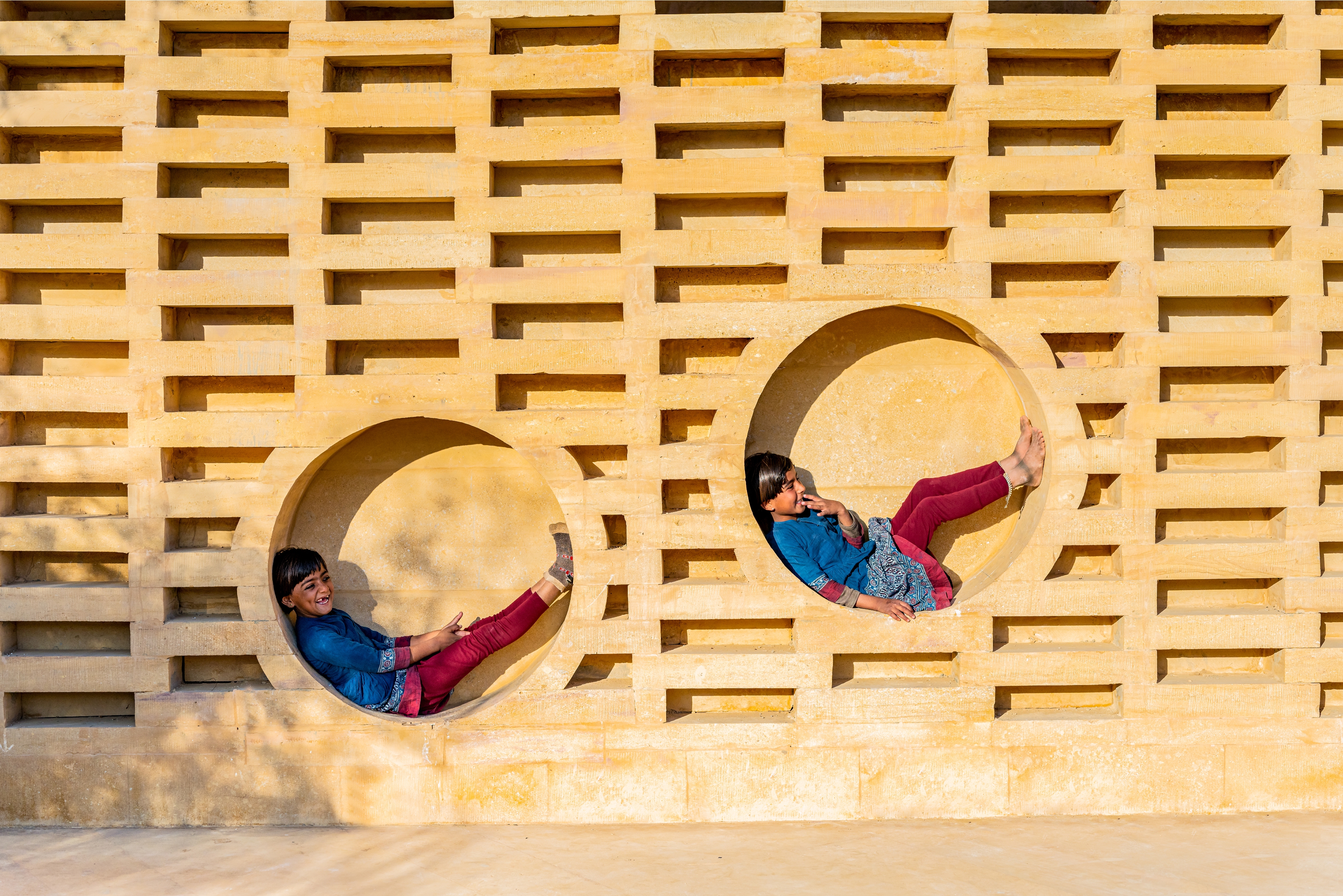
‘Effective design is a process requiring deep understanding of the history of a place – its culture, its topography and its vernacular,' said architect and studio founder Diana Kellogg. ‘I wanted to create a building about light and community – a structure that resonates with the soul of its people and enforces the natural energies to nurture and heal the women and girls.'
The Medha – a performance and art exhibition space with a library and museum – and The Women’s Cooperative – a space where local artisans will teach women weaving and embroidery techniques from the region – will soon join the sustainable school. The aim is for the complex to improve the lives of the local community, in a region where female literacy barely touches 36 percent.
The project was commissioned by CITTA, a non-profit organization that ‘supports development in some of the most economically challenged, geographically remote or marginalized communities in the world.' Complementing the brand new building, Indian fashion designer Sabyasachi Mukherjee created the student uniforms. Set to open in July 2021, the school is going to cater to some 400 girls from nursery age up to year ten.
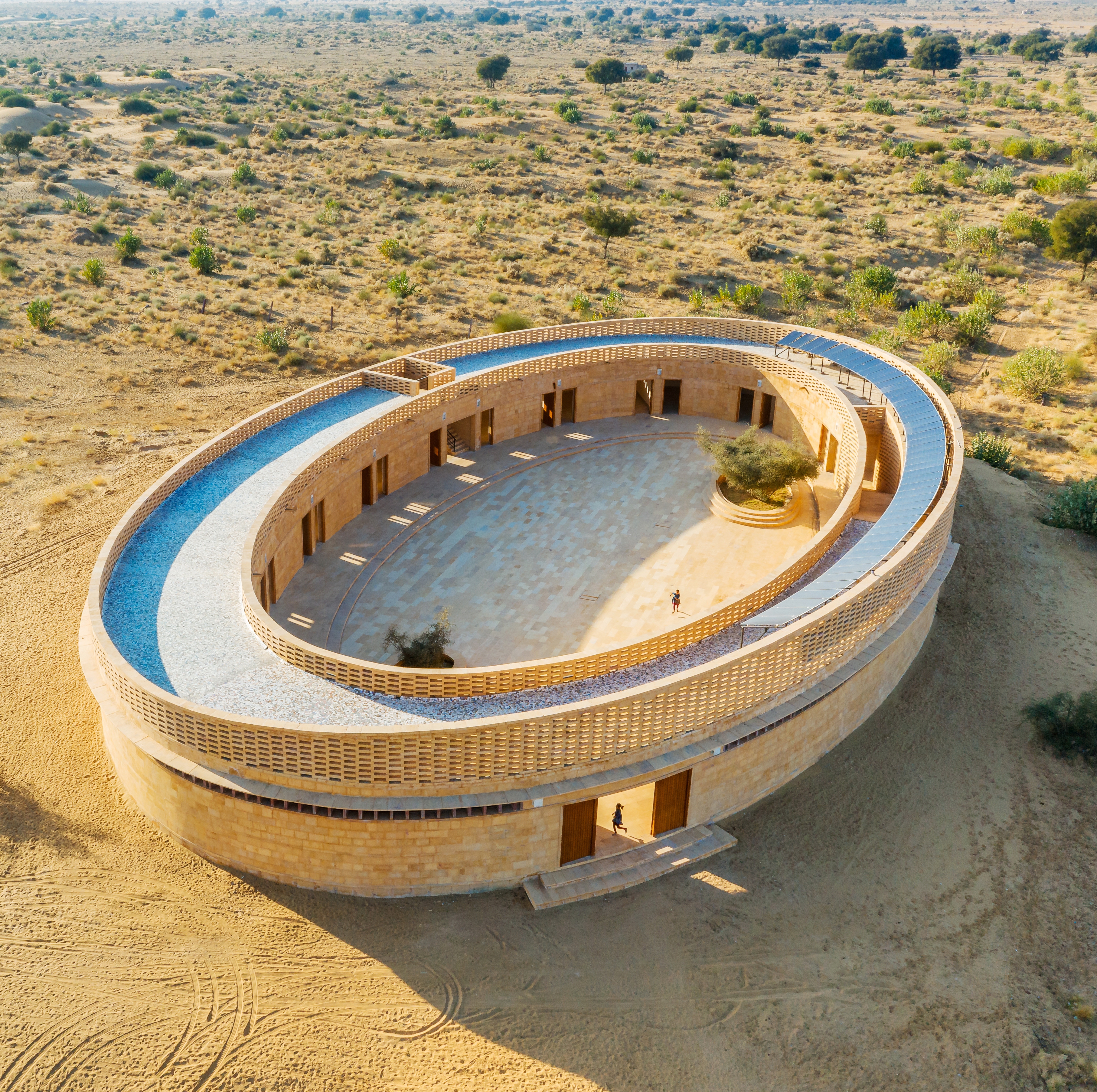
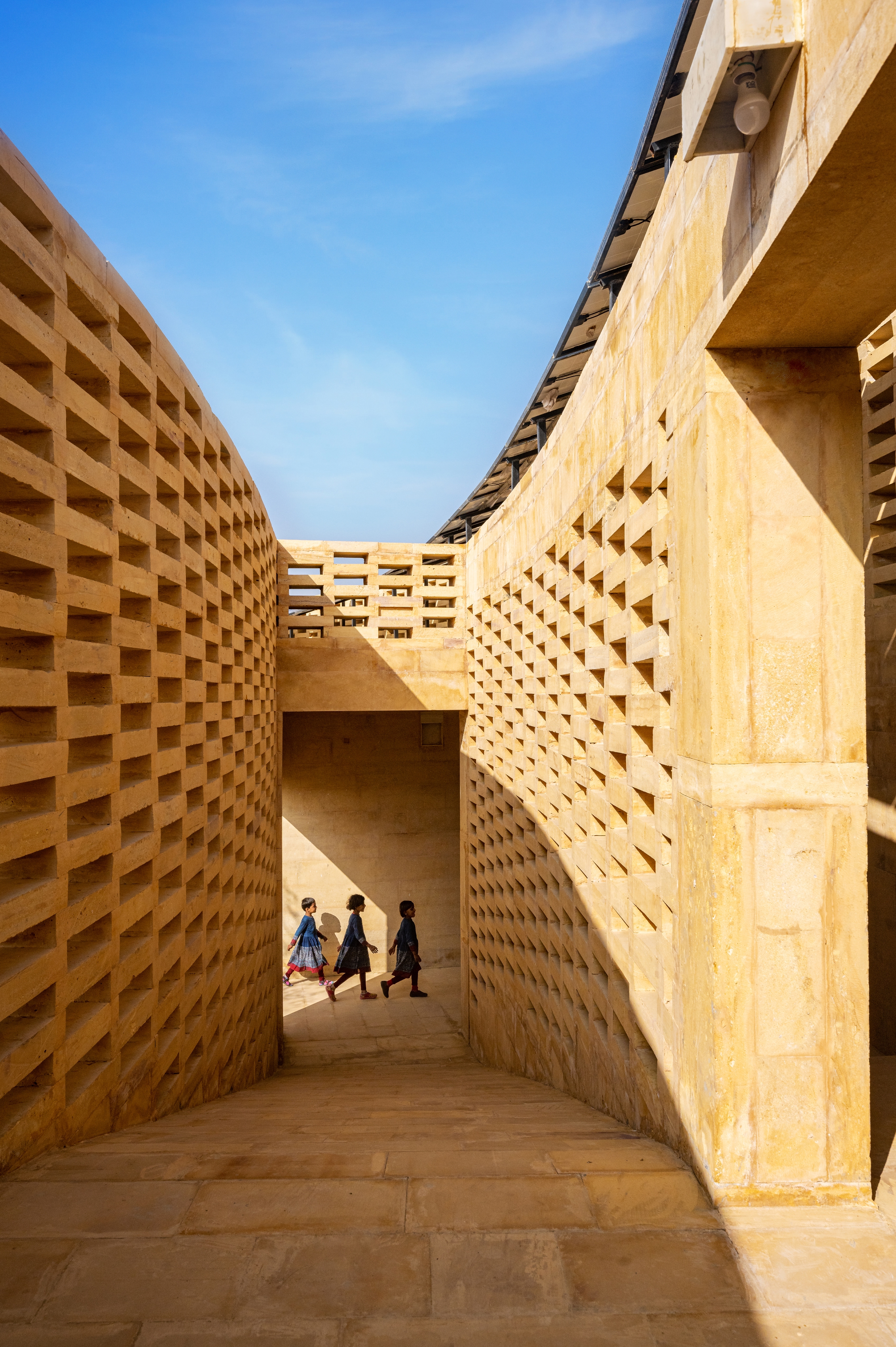
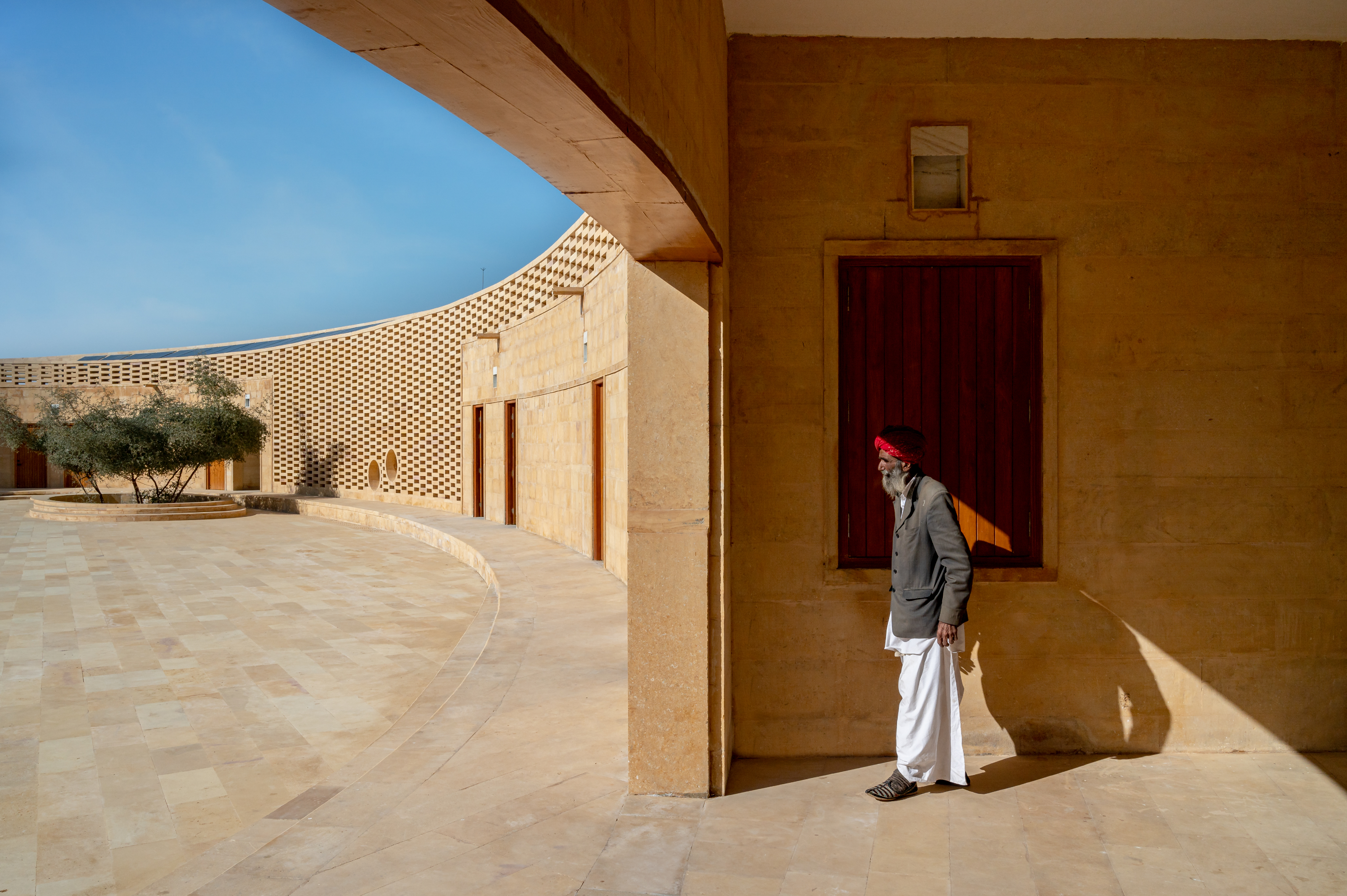

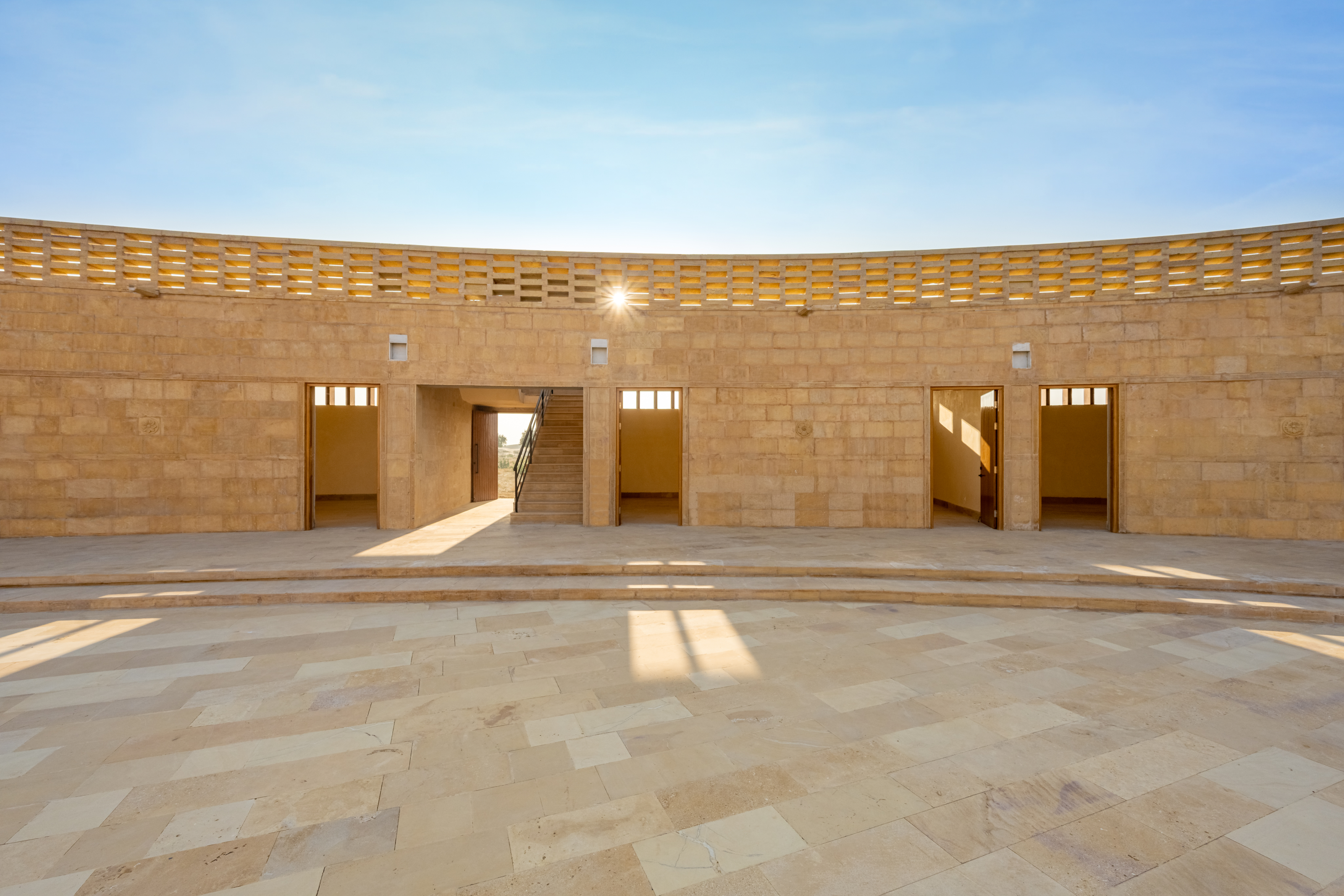
INFORMATION
Receive our daily digest of inspiration, escapism and design stories from around the world direct to your inbox.
Ellie Stathaki is the Architecture & Environment Director at Wallpaper*. She trained as an architect at the Aristotle University of Thessaloniki in Greece and studied architectural history at the Bartlett in London. Now an established journalist, she has been a member of the Wallpaper* team since 2006, visiting buildings across the globe and interviewing leading architects such as Tadao Ando and Rem Koolhaas. Ellie has also taken part in judging panels, moderated events, curated shows and contributed in books, such as The Contemporary House (Thames & Hudson, 2018), Glenn Sestig Architecture Diary (2020) and House London (2022).
-
 The work of Salù Iwadi Studio reclaims African perspectives with a global outlook
The work of Salù Iwadi Studio reclaims African perspectives with a global outlookWallpaper* Future Icons: based between Lagos and Dakar, Toluwalase Rufai and Sandia Nassila of Salù Iwadi Studio are inspired by the improvisational nature of African contemporary design
-
 Top 25 houses of 2025, picked by architecture director Ellie Stathaki
Top 25 houses of 2025, picked by architecture director Ellie StathakiThis was a great year in residential design; Wallpaper's resident architecture expert Ellie Stathaki brings together the homes that got us talking
-
 Year in review: the shape of mobility to come in our list of the top 10 concept cars of 2025
Year in review: the shape of mobility to come in our list of the top 10 concept cars of 2025Concept cars remain hugely popular ways to stoke interest in innovation and future forms. Here are our ten best conceptual visions from 2025
-
 At the Holcim Foundation Forum and its Grand Prizes, sustainability is both urgent and hopeful
At the Holcim Foundation Forum and its Grand Prizes, sustainability is both urgent and hopefulThe Holcim Foundation Forum just took place in Venice, culminating in the announcement of the organisation's Grand Prizes, the projects especially honoured among 20 previously announced winning designs
-
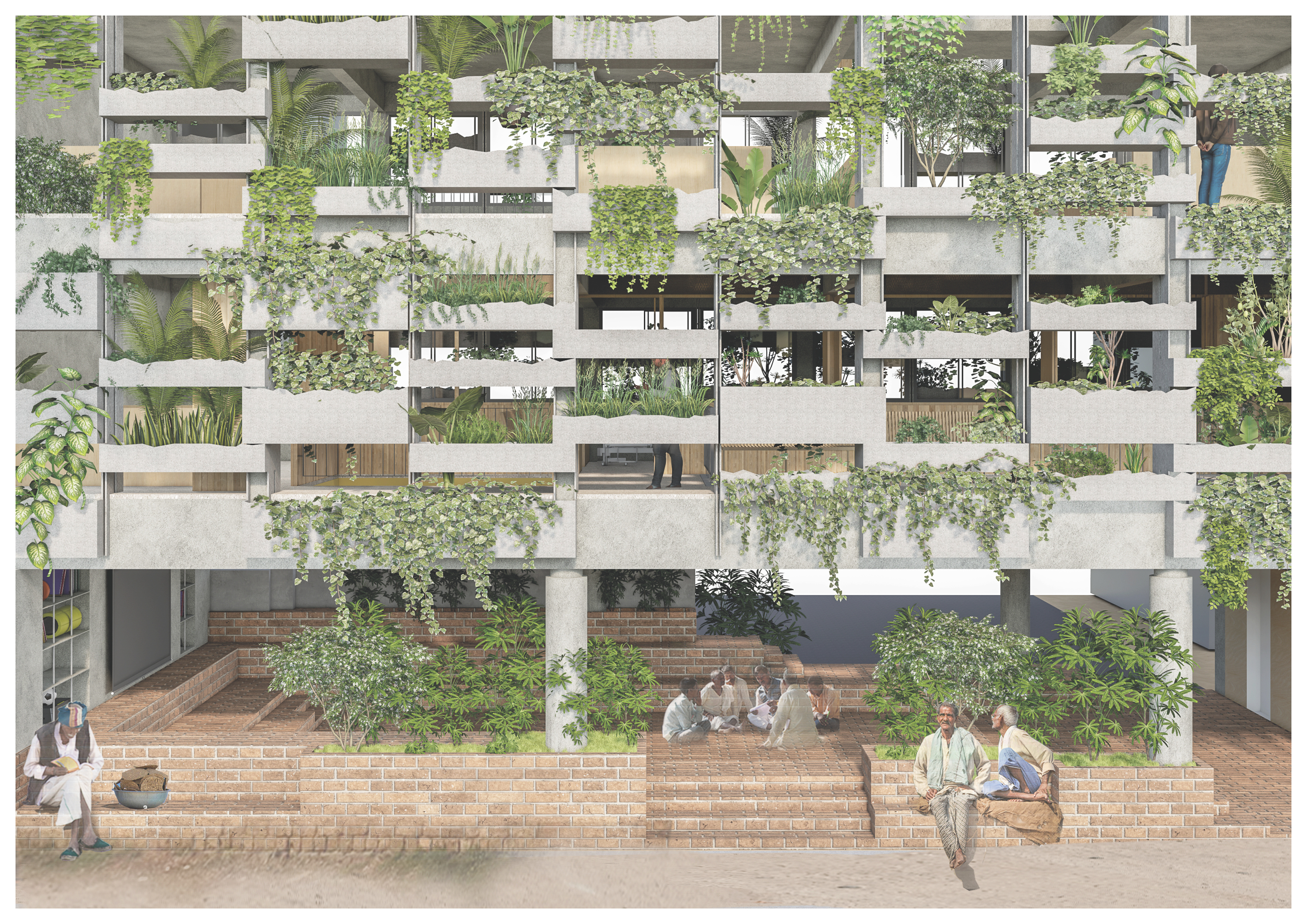 Holcim Foundation Awards celebrate sustainability with 20 winners; Sou Fujimoto explains all
Holcim Foundation Awards celebrate sustainability with 20 winners; Sou Fujimoto explains allThe 2025 Holcim Foundation Awards have just been announced, crowning 20 projects from across the globe as the most inspirational schemes in the field of sustainable architecture; we caught up with Asia Pacific jury chair Sou Fujimoto to find out more
-
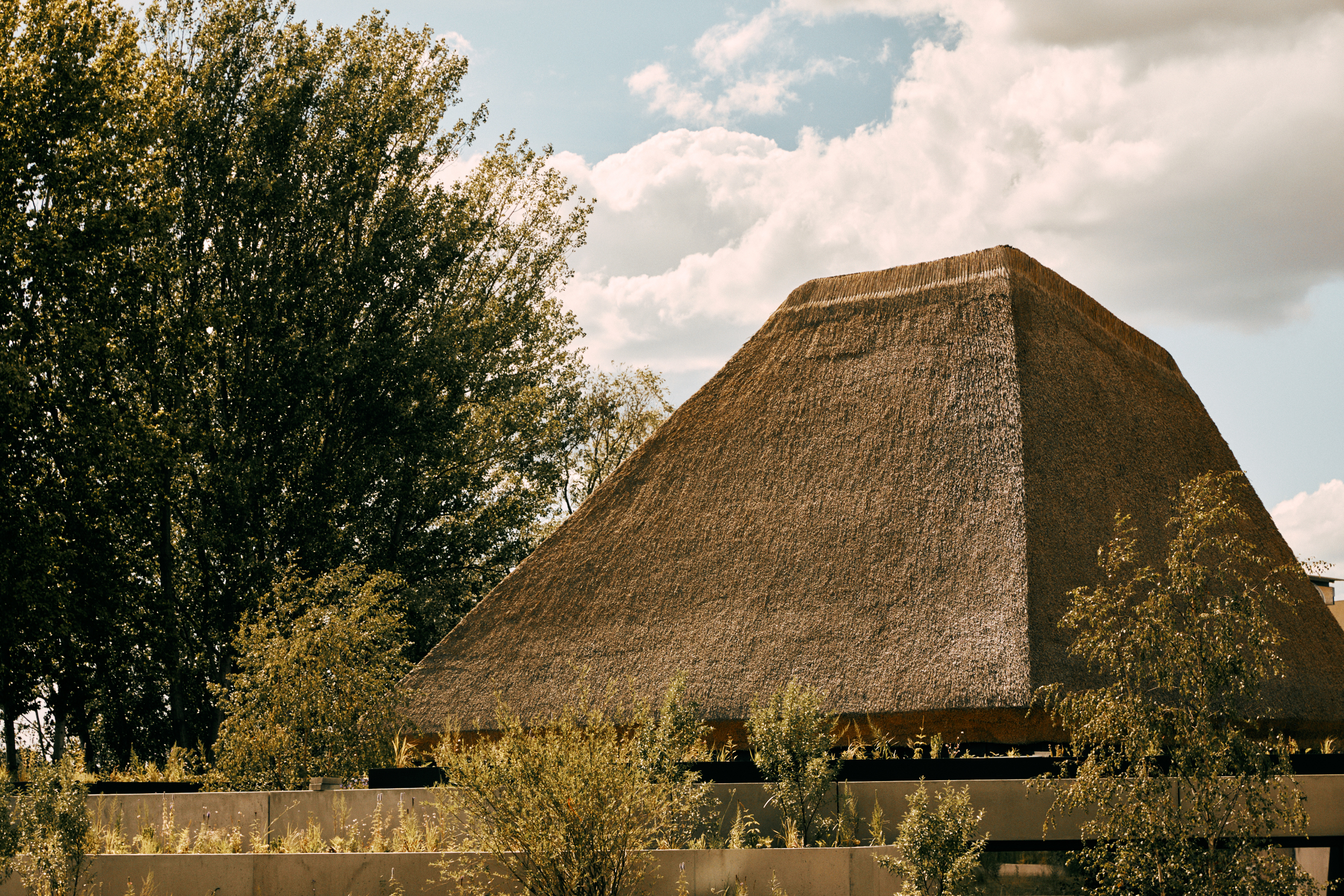 What are biomaterials? Everything you need to know about Mother Nature's building blocks
What are biomaterials? Everything you need to know about Mother Nature's building blocksCould the cities of the future be grown from plants, bacteria and fungi? Architects explain
-
 What is eco-brutalism? Inside the green monoliths of the movement
What is eco-brutalism? Inside the green monoliths of the movementThe juxtaposition of stark concrete and tumbling greenery is eminently Instagrammable, but how does this architectural movement address the sustainability issues associated with brutalism?
-
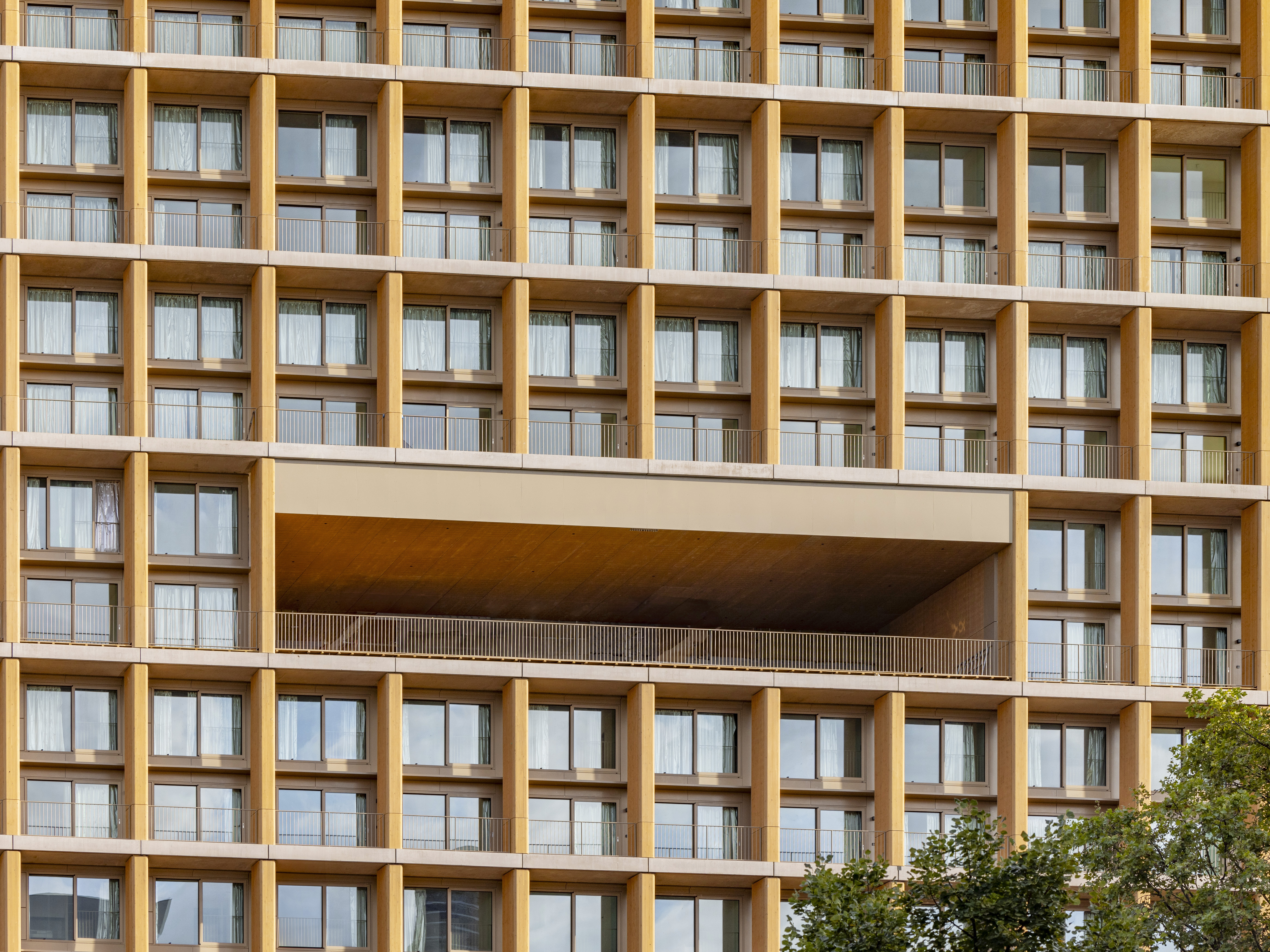 Explore wood architecture, Paris' new timber tower and how to make sustainable construction look ‘iconic’
Explore wood architecture, Paris' new timber tower and how to make sustainable construction look ‘iconic’A new timber tower brings wood architecture into sharp focus in Paris and highlights ways to craft buildings that are both sustainable and look great: we spoke to project architects LAN, and explore the genre through further examples
-
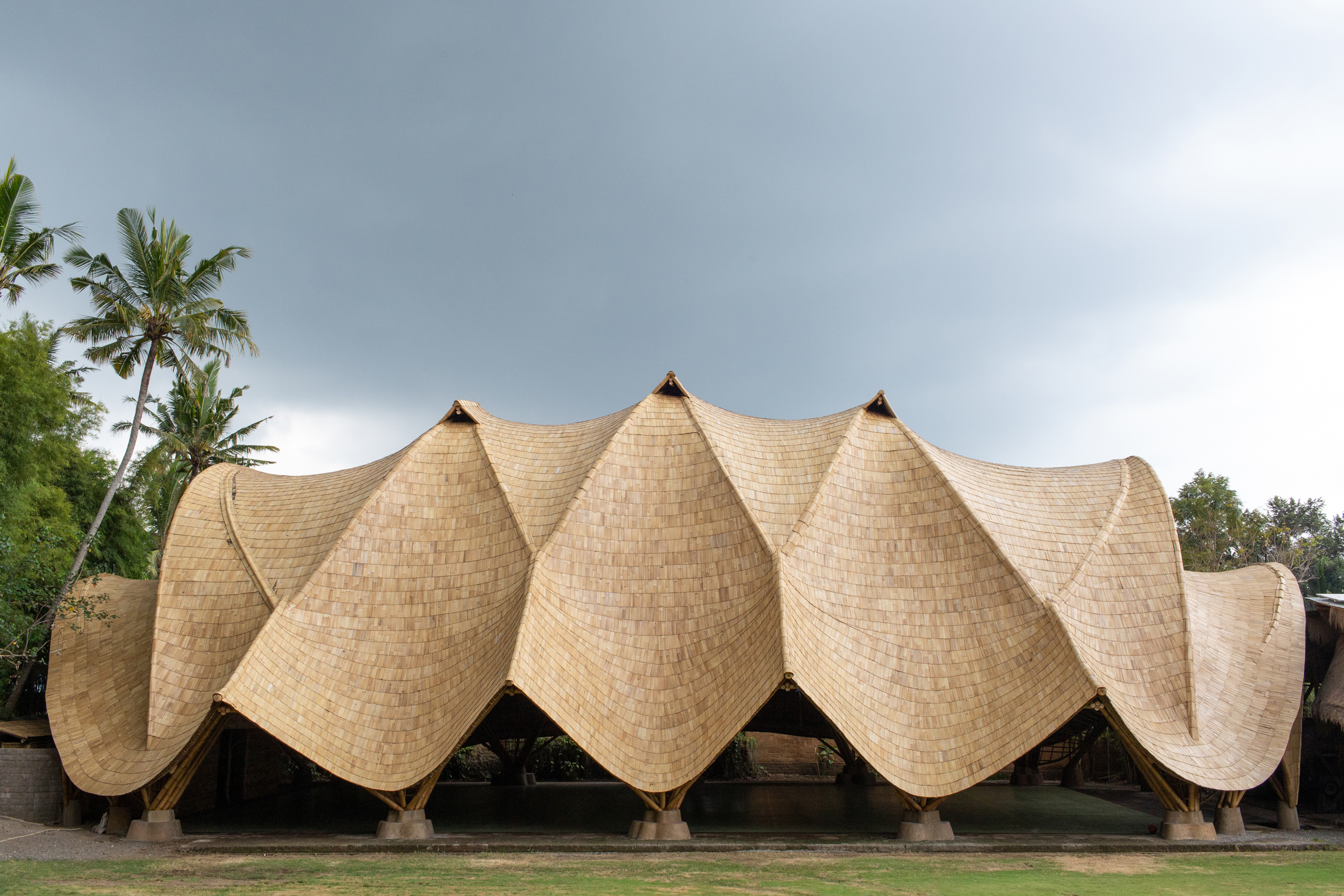 Building with bamboo: In Bali, designer, Elora Hardy, shares her tips and experience
Building with bamboo: In Bali, designer, Elora Hardy, shares her tips and experienceBamboo architecture can be powerful and sustainable; here, we talk to Ibuku's Elora Hardy, who shares her tips, thoughts and experience in working with the material in Bali
-
 Hermitage Mews is a net-zero family of homes in London’s Crystal Palace
Hermitage Mews is a net-zero family of homes in London’s Crystal PalaceHermitage Mews by Gbolade Design Studio is a sustainable residential complex in south London's Crystal Palace, conceived to be green and contextual
-
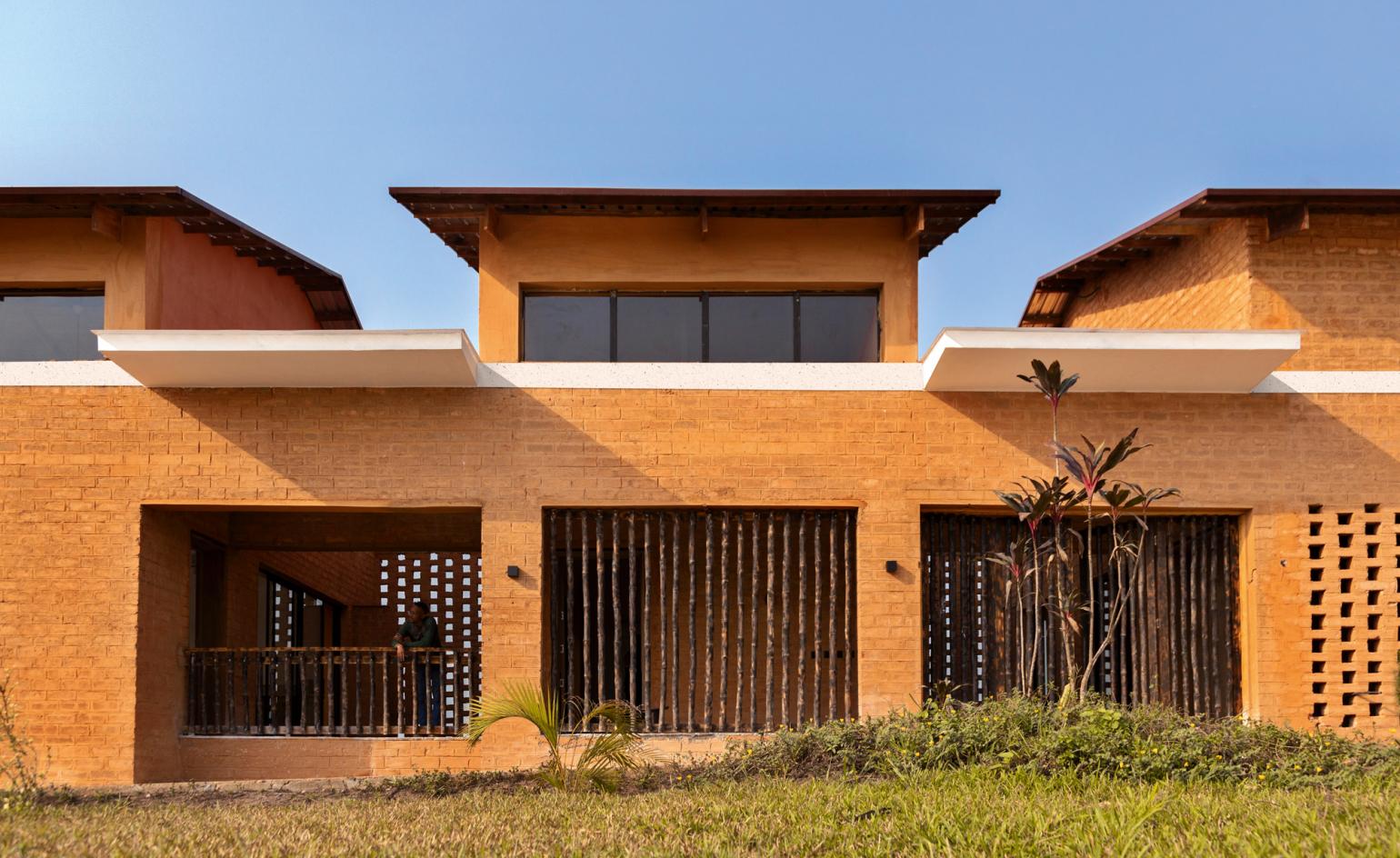 Sustainable architecture: 46 innovative and inspiring building designs
Sustainable architecture: 46 innovative and inspiring building designsThis is sustainable architecture at its best: from amazing abodes to centres of care and hard-working offices, these buildings not only look good but also do good